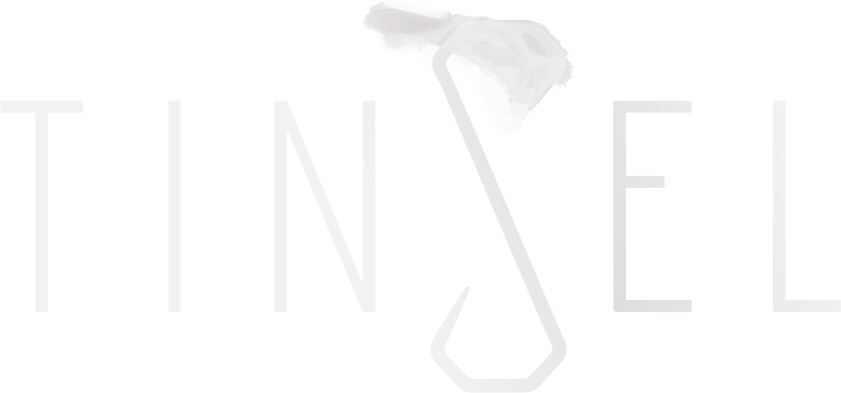The Production Process
One of the weird things about being a company that celebrates both fashion AND tech is forgetting that these spaces don’t normally cross paths for most people. We’re talking electroacoustics with fashion bloggers, discussing chain links with audio engineers, and expecting everyone to be on the same page. This can have its problems.
In the spirit of keeping things clear for Tinsel fans of all walks, we figured it’s time for a TwT vocabulary lesson. That’s right, today we’re Tinkering with Tinsel terminology. Specifically, the production terms “prototyping” and “tooling,” which we use often, but haven’t quite defined for the less production-savvy.
Prototyping
Prototyping is the process of developing a model of a product, system, or concept to test features considered for its final design. It’s the part of product development where you turn the ideas that win out into something you can interact with.
You’ve probably heard the word “prototype” plenty of times in the context of hardware products like The Dipper, but the process is just as common in other areas and industries -- it just goes by many different names. Prototypes exist in software, design, and even more human-centered areas like business development and semantics.
When we set off to make The Dipper, we had two goals in mind: 1) Sound quality that would blow your mind and 2) A fashion-forward form factor (say that 3 times fast!) that would perfectly conceal the audio components. This means two very different sets of priorities and challenges, all of which we had to attack, assess, and re-attack in four rounds of prototyping - one cosmetic, and three fully functional. Aniyia showed off the cosmetic prototype in a video last year, and more info on both functional prototypes is coming at you in a product update soon.
Prototyping with a manufacturer is particularly interesting because it involves a lot of technical work, funds, and patience. Most of the work is done by hand because prototypes are made for the express purpose of interacting with a product before mass-production. The whole process usually yields only 1-3 copies of the product, and is very expensive. But once the prototype gets the green light, it’s time to make enough product for the public and hand-production is out of the question.
That’s when Tooling comes in...
Tooling
After the final page has turned on prototyping, a whole new adventure begins: tooling. Tooling is the process of creating and collecting the equipment it takes to mass-produce a product.
Like prototyping, tooling can be a lot of trial, error, and retrial, but with tooling, the stakes feel much higher because a functional prototype doesn’t allow you to solve problems that will happen at scale, and creating the tools are one of the most expensive parts of the process.
For example, if prototyping is like hand-sewing a skirt that you designed, then tooling is like making the sewing machine to create many more identical skirts. On one hand, it’s nice to have an example to compare to model your skirts after. On the other hand, you might not realize that the fabric you used for the original skirt is too thin and rips in the machine until you start making more skirts.
Tooling is where we are with The Dipper right now. Our factory engineers have figured out the right machinery to re-create the iconic chevron shape; after more fuss than we could have ever expected, our chains have come together snag-free; and we have just one challenge left to face: an aptly-named finish line. The final bump in bringing The Dipper to life is determining how to get the plating, also called finishing, on the pendant just right. It turns out that the material we made our prototypes with can’t be used with the tools, and the new material reacts differently to plating. We’ve tried many different methods, but none has lived up to the perfect finish on our final prototypes just yet.
We’re now working with a brand new aluminum alloy that looks promising. The whole squad is crossing its fingers in hopes that this will be the final leg of the tooling race and we can move on to the next chapter - production.
Want more Dipper updates? Subscribe to Team Tinsel’s newsletter and keep up with every tinker and tool along our journey.
While you’re at it, pick up on Tinsel’s soundtrack on Spotify, follow us on Twitter and Instagram, and give us a “like” on Facebook.


